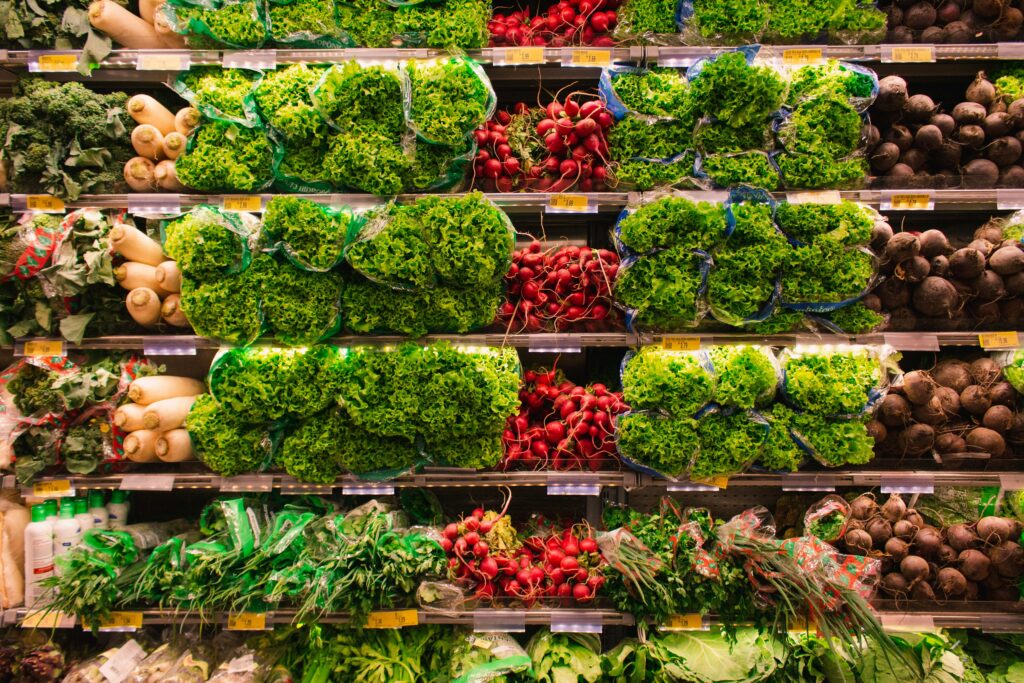
During these challenging times, the cost of living has become increasingly burdensome. Grocery bills can often be one of the largest expenses in a household budget, but there are numerous strategies you can use to cut costs without sacrificing quality or nutrition. By being strategic and mindful about your shopping habits, you can significantly reduce your grocery expenses. Here are some practical tips to help you save money on your grocery bill:
1. Plan Your Meals and Make a Shopping List
Preparing your own meals can lead to substantial savings over time. Home-cooked meals are not only healthier, as you have full control over the ingredients, but they also offer greater transparency about what goes into your food. However, the downside is that you need to handle grocery shopping yourself. One of the most effective ways to save on groceries is by planning your meals for the week. Create a meal plan that incorporates recipes using similar ingredients to avoid waste. Once you have your meal plan, make a detailed shopping list based on the ingredients you need. Use apps like Flipp to make lists and find coupons/flyers. Sticking to this list helps you avoid impulse buys and ensures you purchase only what you need.
PRO Tip: Baking bread at home may be more costly (Owen heating bill) than purchasing generic brand bread. Therefore, not all homemade options result in savings.
2. Take Advantage of Sales and Coupons
Keeping an eye out for sales and using coupons can lead to substantial savings. Many grocery stores offer weekly promotions and discounts on various items. Check store flyers, websites, and apps (Flipp) for the latest deals. Additionally, consider using coupon apps and websites to find digital coupons that can be applied directly at checkout. Combining sales with coupons can maximize your savings on grocery purchases.
PRO Tip: If your grocery store offers price matching, be sure to take advantage of this benefit to maximize your savings.
3. Buy in Bulk
Purchasing items in bulk can be a great way to save money, especially for non-perishable goods or products that you use frequently. Items like rice, pasta, canned goods, and toiletries often come at a lower cost per unit when bought in larger quantities. However, ensure that you have adequate storage space and that the bulk items will be used before they expire.
PRO Tip: don’t buy loads of tissue paper.

4. Choose Generic or Store Brands
Generic or store-brand products are often significantly cheaper than name-brand items and usually offer comparable quality. Compare the prices and ingredients of store brands with their name-brand counterparts to determine the best value. Opting for these alternatives can help you save money on everyday staples.
5. Shop Seasonal and Local Produce
Seasonal fruits and vegetables are generally less expensive and fresher than out-of-season produce. Visit local farmers’ markets or grocery stores to find seasonal produce that is often sold at lower prices. Buying local not only supports local farmers but can also reduce transportation costs, which can be reflected in the price.
6. Avoid Pre-Packaged and Processed Foods
Pre-packaged and processed foods often come with a higher price tag due to convenience. Preparing meals from scratch and buying whole ingredients can be more cost-effective. For instance, buying a block of cheese and shredding it yourself is usually cheaper than buying pre-shredded cheese. Investing a little extra time in meal preparation can lead to significant savings. Generally cut fruits are much more expensive than whole fruits.
7. Use Leftovers Wisely
Leftovers can be a great way to stretch your grocery budget. Plan to use leftovers for additional meals or freeze them for future use. Repurposing leftover ingredients into new dishes can reduce food waste and maximize the value of your grocery purchases.
8. Practice Portion Control
Portion control not only helps with maintaining a balanced diet but also aids in reducing food waste. Serve appropriate portion sizes and avoid overeating. By managing portions, you can make your groceries last longer and prevent the need to purchase additional items.
9. Grow Your Own Herbs and Vegetables
Starting a small garden or growing herbs and vegetables at home can be a cost-effective way to supplement your grocery supply. Even if you don’t have space for a large garden, growing herbs like basil, mint, and parsley on a windowsill or balcony can save you money and provide fresh ingredients for your meals.
10. Compare Prices and Shop Smart
Before making a purchase, compare prices at different stores or online. Many stores have price matching policies, so you can get the best deal available. Additionally, consider shopping at discount stores or warehouse clubs for bulk items or discounted groceries.
Conclusion
Reducing your grocery bill requires a combination of planning, strategic shopping, and smart habits. By implementing these strategies, you can cut costs while still enjoying nutritious and delicious meals. With a little effort and attention, you can make your grocery budget go further and achieve significant savings on your monthly expenses.